The story goes like this: Theophilus Van Kannel hated chivalry. There was nothing he despised more than trying to walk in or out of a building, and locking horns with other men in a game of “oh you first, I insist.” But most of all, Theophilus Van Kannel hated opening doors for women.
He set about inventing his way out of social phobia. And that’s how, 1888, Theophilus Van Kannel was awarded US Patent #387571 A for a “Storm-door structure,” which would soon become known as the revolving door.
Van Kannel’s invention was an improvement of the pre-existing Tür ohne Luftzug,(lit. “Door without draft of air”) by the German inventor H. Bockhacker. The first revolving door was installed in a restaurant called Rector’s in Times Square in 1899. Can you spot it below?
Thanks to Van Kannel, we have had been a perfect solution for keeping dust, and noise, and rain and sleet and snow from entering buildings for over a hundred years. There’s just one problem: people don’t use them.
Sometimes they’re too heavy to push, or their compartments are claustrophobically narrow. There’s also anxiety about getting limbs caught, or getting stuck in a compartment with another person, and whether or not that’s socially acceptable. (And if you’ve read Alan Moore’s Watchmen, you might remember that detail about how caped crusader Dollar Bill got his cape caught in a revolving door and was immobilized as a bank robber approached and shot him in the head, point blank.)
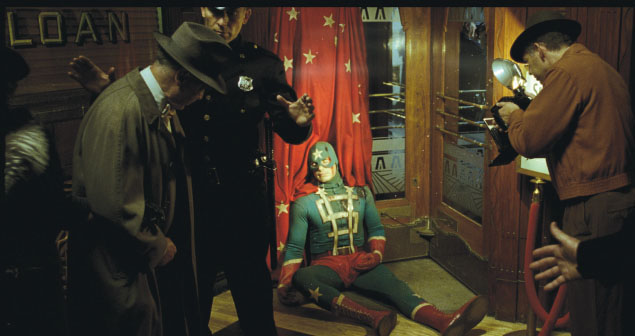
You kind of have to wonder if the revolving door’s antisocial roots just might be what keeps us from using them.
In 2006, a group of MIT students set out to figure out the exact cost of our aversion to revolving doors. They found that revolving doors exchange eight times less air than swinging doors, which can add up to thousands of dollars in wasted energy costs per building per year. You can read the whole study here.
The students further observed revolving door usage at a building on campus, and found that only 20-30% of people were using the revolving doors. They worked on getting some signs put up around campus.
A few years later, New York City-based designer Andrew Shea thought he would try to replicate the experiment at a building on the campus of Columbia University.
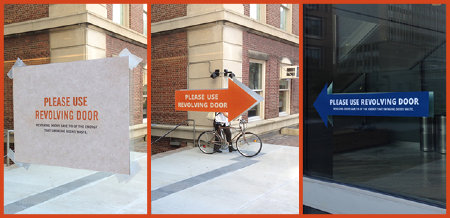
After about 20 collective hours watching this entryway, Shea found that, similarly to MIT, only 28% of people were using revolving doors. After putting up some signs of his own design (without campus approval), Shea was able to get usage up to 71%.
Of course, the best way to get people to use revolving doors is simply to design them better. Newer revolving doors are the visual focus of an entrance; they’re big and spacious, with fewer compartments, and may turn automatically.
But if you can’t get a new revolving door, Andrew Shea has a revolving door action kit that you can download for free and take to your local office building. Scotch tape not included.
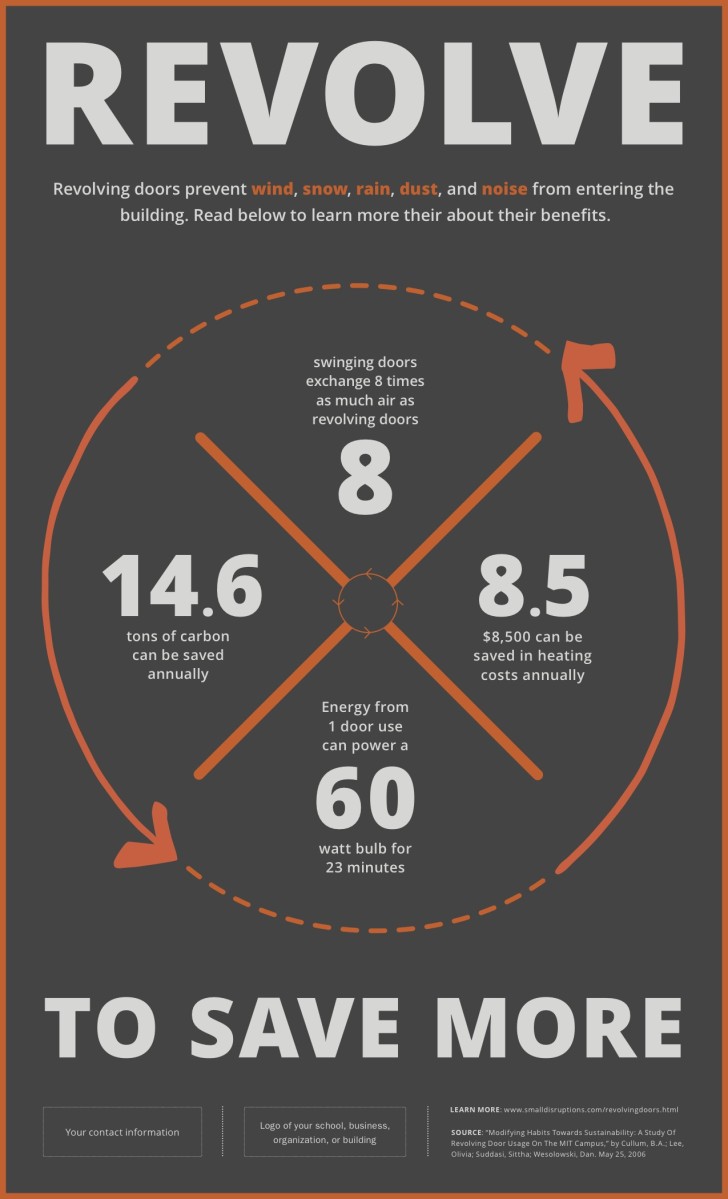
Producer Sam Greenspan and intern Avery Trufelman spoke with designer Andrew Shea about his revolving door intervention, as well as Dan Wesolowski, one of the authors of the MIT study. Sam and Avery also replicated Andrew Shea’s intervention at a building in downtown Oakland, which will remain nameless.
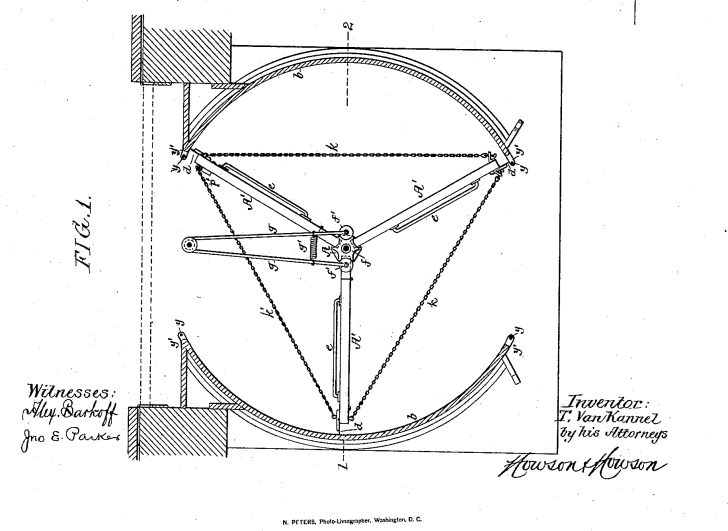
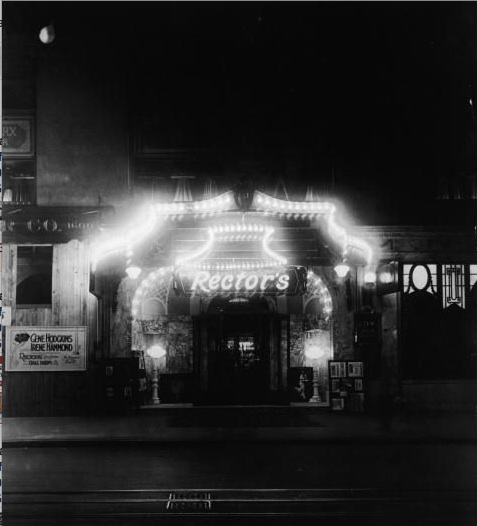
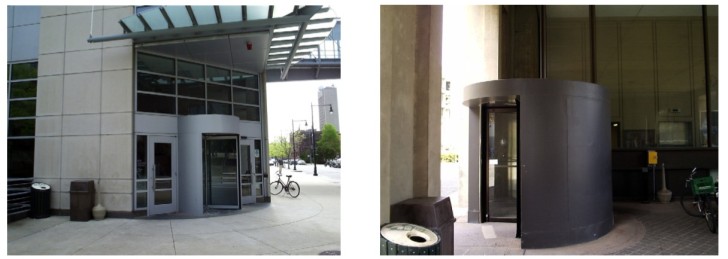
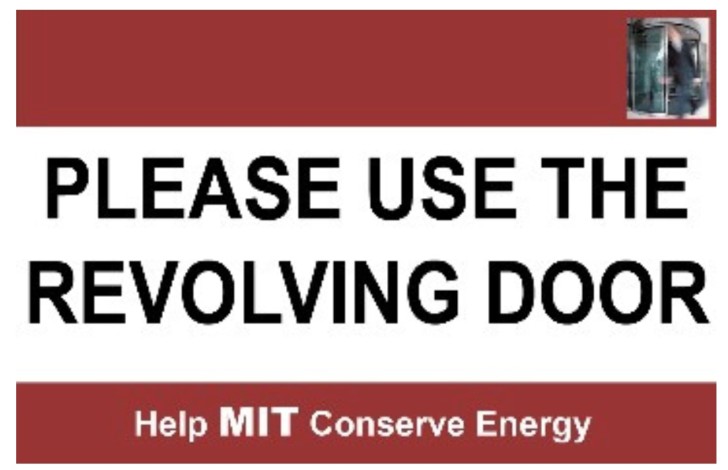



Comments (22)
Share
I remember reading about a completely different revolving door design. Found a link for it here http://beforeitsnews.com/alternative/2013/01/double-revolving-doors-block-armed-intruders-2545788.html
We refer to those doors as Sally Ports – You cannot open the second door when the first door is open. It’s a common practice in building security.
Yeah, similar to the link above, I’ve been wondering about the comparison to compartmentalized entries where you walk through two sets of doors. Almost think Best Buy entrance where you walk thru two pairs of automatic doors. In a small enough design, it would seem to be similar in size to a revolver.
There should be a study about how much kids use revolving doors! Also, does anybody know if the doors’ energy saving potential is ruined by those automatic/powered revolving doors you often see in big hotels and office buildings?
Since I listened to this episode I’ve noticed nearly every revolving door around my work place in Sydney. They are all automatic too.
As for using them, always. I still get a kick out of them.
-Edna voice- NO CAPES.
If I see one, I usually use it. Not only because it obviously saves energy, but also because it’s mechanically interesting and retro-cool.
Why some people may avoid them: fear of getting trapped if it jams, and the fact that the visual appearance of it somewhat confuses the sense of 3-D depth vision.
When you walk through a door that’s mostly glass, such as at a grocery store or office, what you see is a clear view of the building interior, broken only by the horizontal line of the door opening rail. What you see when you approach a revolving door is a set of vertical lines with an unclear depth relationship between them, that pull and tug at your depth vision as you try to see past them into the building. This can create the impression that if you don’t pay close attention, you may walk right into the edge of one of the door panels and get hurt. That type of aversion is an avoidance reflex similar to what birds use when flying in the vicinity of moving objects such as large wind turbine blades that they can see moving.
The way to solve this is to offset the entrance to the door, sufficiently to one side (the right in the USA, the left in the UK, per local “driving on the road” customs), so that what you see as you approach is the same as for a swinging door: a clear view into the building broken only by the horizontal push-rail on the door panel. The vertical axle would be to one side or the other, rather than dead-ahead, so it doesn’t confuse the view.
Lastly, the door mechanism should have a detent and a flywheel drive mechanism such as to stop rotating when the visible door panel is 90-degrees to the axis of travel, so it always presents a uniform appearance and there is no risk of walking into the edge of a partially-rotated door panel.
This comment by “G” raises an interesting point. I live in a drive on the left country, & when using a revolving door in a drive on the right country, I turned it clockwise, after flipping around the seals. It was only later, on exiting, when I noticed the ~200mm ‘push’ pads! http://99percentinvisible.org/article/norman-doors-dont-know-whether-push-pull-blame-design
This episode seemed heavily focused on signs, with only a minor focus on revolving doors. Is a sign episode in the works?
The power of signs reminded me of when I was in my undergraduate about 8 years ago and some of my classmates and I were discussing this topic. Someone came up with a simple test of the power of signs, uniforms, etc. We printed out a simple sheet of paper on the Engineering main computer labs printer that simply read “Do not remove this sheet of paper.” The sheet paper remained in place on that printer’s output tray for several months before vanishing.
I avoid them, I suppose I’m part of the problem. I don’t feel like any new designs actually take into account people who find the experience deeply unsettling.
I’ve had the door bang into my heels. I’ve been trapped in compartments where I’m waiting on someone who moves incredibly slowly, or been shoved forward by someone moving incredibly fast. And while, yes, people can shove past on sidewalks, something about creating an artificial bottleneck, or maybe putting a heavy plate of shovable glass between you seems to empower the impatient.
I’d much prefer we just starting using more vestibules coupled with air curtains, which would have the same benefits without creating an artificial traffic jam in an entryway.
Here in Seattle, pretty much all the buildings with revolving doors include giant-ass signs telling people to use the revolving door, lest they waste energy and destroy the environment (or something to that effect). In the passive-aggressive NW, it seems to work.
The phrase “eight times less air than” doesn’t make sense mathematically, and it was used multiple times in this episode. It should be “one-eighth as much air as”….
I listened to this on the way to a conference then used the revolving door to get in. The guy in front of me did not. It gave me a smile.
I’m one of those freako germaphobes who chooses ingress/egress based on whether or not i have to push or pull the door. If I have to pull a swinging door next to a revolving door into which I push, I choose the revolving.
You didn’t even mention Stack effect? It’s the real reason the revolving door was invented. Difference in air temperature between indoors and outdoors means that air inside a building will move and attempt to equalize the pressure – warm air moves upwards in winter (sucking in cold air at the bottom) and gets pulled down/in by the air conditioned space in the summer. In both cases, it’s a vast amount of air attempting to move through the path of least resistance – the doors to the building.
The first skyscrapers were naturally ventilated, and during their construction the realization was made that the doors would be nearly impossible to open (you can still notice this nowadays in buildings with poor mechanical design). The revolving door creates a constant seal between the indoors and outdoors, which means the air pressure can be different and the door isn’t difficult to move. Airlocks are another way of doing this as people in northern climates can attest to (where doors can be hard to open if one side of the airlock/vestibule is open), but they aren’t as good as a revolving door because the possibility of breaking the seal is there. Modern HVAC design has taken care of a lot of issues arising from stack effect in large buildings, but air pressure making doors very difficult to open is still a real phenomenon :)
There is a simple explanation for the jump from 47% to 75% and it does not imply branding: it’s social conformity. Once a certain threshold is passed, people simply conform to the observed behaviour of the majority.
Strange this factor was not mentioned in the MIT study
I work in Albany New York at a seemingly inefficient building, The “Empire State Plaza”, home of New York State government. There are revolving doors at several entrances. A perfect place to see how often the doors were used.
My 7 year old daughter and I replicated Sam and Avery’s door use study. In 15 minutes of use at 12 noon the numbers totaled 37 swinging and 24 revolving. A total of 61 users.
There were a few interesting observations, If someone was carrying or rolling luggage they were less likely to use the revolving door. Once,a mother was pushing a small sun stroller with her toddler, The mother tried to use the revolving door, but she could not fit in the doorway. Thankfully, they did not get stuck. I was relieved this occurred before any signs were put up. The unintended consequence of signage was not a factor. This is how this space worked, or didn’t quite work.
A simple sign is more than just the words on a page. A sign could have implied meanings. Unwritten, and maybe more powerful than words. Could the sign imply, “out of order”, “broken” or “locked”. There are many possibilities. We opted to not put up any signs for this experiment.
After watching the various uses of the doors, if a door was in motion, another user was more likely to use that door than if the door was not moving. This was nearly equal for swinging and revolving doors. We later noticed there was a sign that said on one swinging door, “Please conserve energy, use revolving door” It was unclear if this had any affect on any of the user’s decisions.
After we finished our observations, we went down into the concourse. A huge hallway connecting various parts of the building. We were surprised to find that we had to walk through another bank of revolving and swinging doors. Here was an air lock from the first set of street side doors that we were observing. It brought me great relief to find out that there was a design in place to avoid all the warm air to go roaring out the exterior doors. We learned so much from your story and this experience.
Thank you 99%!nvisible.
Revolving doors can be somewhat of a nuisance, but they really are great to prevent that change in air flow. You still end up with the chivalrous issue at the entrance to the revolving door. “You first, Sir. No, I insist, you first Sir!”. A company in South Africa called Turnstar Systems manufactures a manual revolving door which is really easy to turn and in fact requires a speed controller to slow it down! Take a look at this website, http://www.turnstar.co.za/products/revolving-doors/
I’m curious where the information came from about his hate for chivalry…
Why do buildings always have both revolving and swinging whenever there are revolving doors? I believe because of the Cocoanut Grove fire in 1942 Boston in which people panic-stampeded and got caught in the revolving door resulting in many trapped victims.
I love revolving doors!
I especially love the revolving doors at the Wichita Airport. They are HUGE. They are about double the width of other revolving doors, so there isn’t the same claustrophobic feel. Also, they start turning automatically as you step into them, so there is literally no effort needed, no wondering how hard to push, etc. The doors turn at a nice measured pace, so you and your luggage can easily go through. I think this is an example of well-designed revolving doors, and I’m a bit surprised that 99pi didn’t opt to explore alternate designs of revolving doors. This would have been a good example of doors that are designed to address some known problems.
The “Revolving door action Kit” link is broken!
I wanna post them on two Revolving doors in my home city,
“please Help me Andrew Shea, your my only hope”
[I thought a Star War reference might get more attention]